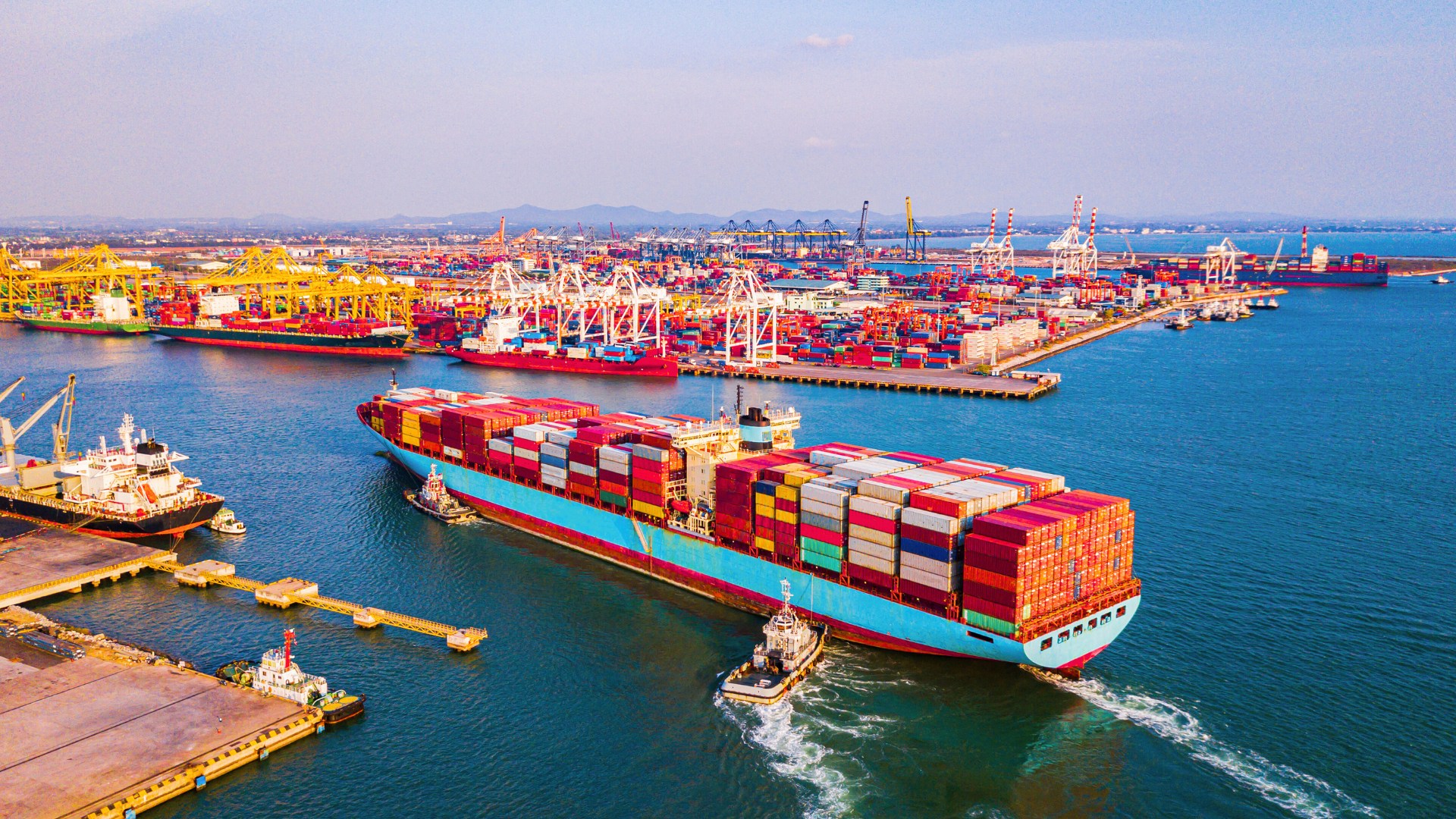There are many differences in manufacturing overseas vs. domestically. One major difference is the way overseas manufacturing pricing, and ultimately, the landed cost of goods, are calculated.
Many costs come into play with overseas manufacturing that have an effect on cost that do not need to be considered when manufacturing domestically. Some of these are obvious, such as duty (China and US Customs), shipping (ocean freight), and perhaps transportation (from the factory to port or maybe from another factory where components were manufactured).
These can also include the not so obvious- such as a material supplier that has to pay a premium price for required material, due to an unexpected reduction in quantity. Perhaps a maker or supplier must source materials from a different location than the one originally quoted. For various reasons this change may increase the total cost of the item. That increase may not be communicated clearly in a timely manner. One must be absolutely sure all costs are quoted accurately and are included in the landed cost to avoid unwelcome surprises.
Over and above the aforementioned costs there are other scenarios that may develop, depending upon the type of product being manufactured. Two examples are: 1.) A larger than expected deposit for an excess of materials from a material supplier to meet their minimum order requirement (MOQ). This happens when the current PO quantity is, say, 5,000 or 10,000, and the MOQ for a particular component of raw material is large enough to make 15,000 or 20,000 units. What happens in this scenario is that a deposit to cover all of the material is typically required to be paid up front. The balance of the material may be used in the manufacture of subsequent shipments, and the difference for the pre-paid material credited against the total landed cost.
In a majority of cases the factory will need this deposit to be paid up front, prior to purchasing the material from their supplier. However, in some cases, not knowing about the large deposit could come as a shock. 2.) A change in packaging may reduce the number of items per shipping carton after the original quote has been agreed upon. These changes may then lessen the number of items that will fit into a single container. What this translates into is, each piece bears more of the total shipping cost and therefore each piece will have a higher landed cost. The difference in cost may be small per item but, depending upon the margins a company is working with, these changes could make a significant difference. If price adjustments are not kept up with, the new landed cost could come as a shock when the final invoice is received.
The above scenarios are only two of many that can happen with manufacturing overseas. When reviewing pricing it’s always a good idea to expect that any change will raise the cost. Therefore, if you make a change, no matter how small, be sure you receive written confirmation that the price will remain the same; and if not, what the price increase will be.
Many people still believe all products can be manufactured for less overseas. While this is true in many cases, it is good to keep in mind that the lower offshore labor rate is the reason products are less expensive. Material costs offshore are, for the most part, comparable to domestic costs. Therefore, it’s also a good idea to never assume offshore manufacturing will automatically be less than domestic manufacturing. Quantity requirements, the percentage of labor in the manufacturing and post-manufacturing of an item, the manufacturing factory, the materials suppliers’ MOQ (per the example above), the added cost of ocean freight, and duty, may be enough to negate any labor savings.
With the many factors affecting the final, landed cost of an item being manufactured offshore, there are just as many issues with finding the right factory, negotiating the price, and being able to ensure the quality is right and consistent. There is also the question of- What happens if something is not right? Who takes care of it and how does it get taken care of?
Companies here in the USA are resourceful. It is absolutely possible to travel to China, negotiate a price, and then work via the internet- using early morning telephone calls and Skype to try and keep an eye on what’s happening. However, this does not guarantee the best price, that the product will be right, or that there will never be an unexpected invoice that shows up that must be paid before the container leaves the factory. And it certainly is no help when there is an issue with goods that arrive that may have manufacturing defects.
If a company does not want to learn as they go, the smart alternative is to work through ITI Manufacturing. ITI has over 40 years of experience manufacturing in Asia. ITI not only manages the entire project, but confirms all pricing, works with all entities involved, and guarantees there will be no manufacturing defects in any shipment…while you are concentrating on growing your business. Get it right the first time and every time by working with ITI Manufacturing. Give us a call: (281) 242-7030.





